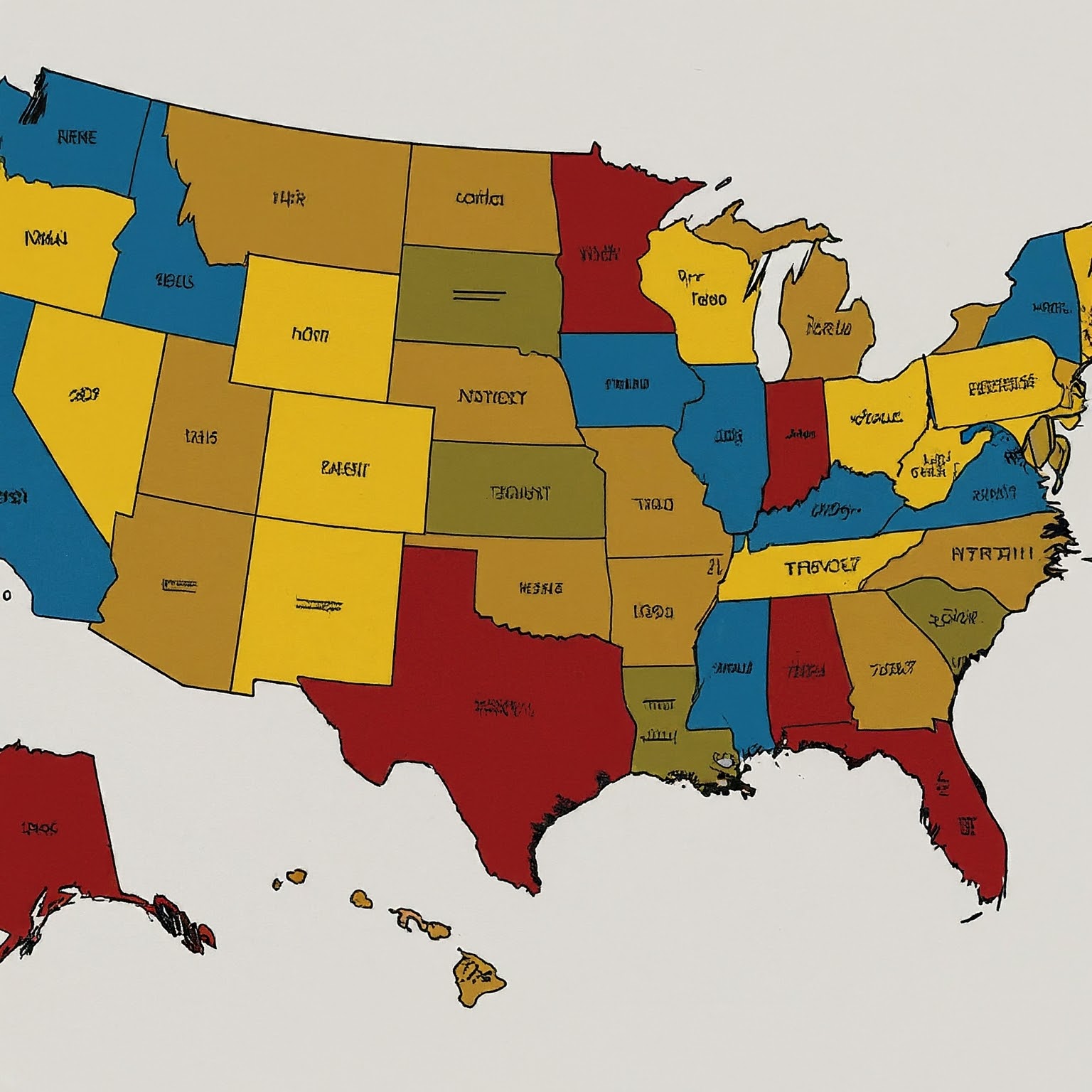The United States, a vast country with diverse regions, utilizes a structured system of phone codes to ensure seamless communication. Understanding these phone codes is crucial for both residents and those calling from abroad.

The Basics: Country and Area Codes
- Country Code (+1): The foundation of any call to the USA is the country code, “+1.” This prefix signals that the destination number is within the United States.
- Area Codes: The country is further divided into numerous geographic regions, each assigned a three-digit area code. These codes were originally based on population density, with higher density areas receiving codes that were easier to dial.
Area Code Evolution
- Original Plan: The initial North American Numbering Plan (NANP) in 1947 assigned area codes with a “0” or “1” as the middle digit. This was to differentiate them from the “0” used for operator assistance and “1” for long-distance calls.
- Increasing Demand: As the population grew and phone usage skyrocketed, the NANP faced the challenge of running out of available area codes.
- Overlays and Splits: To accommodate growth, new area codes were introduced through two methods:
- Overlays: A new area code is added to the same geographic region as an existing one. This means multiple area codes can serve the same area, requiring callers to dial the full 10-digit number (area code + phone number).
- Splits: An existing area code is split into two, with each new code serving a portion of the original area.
Navigating the System
How to Dial Domestically (Within the USA):
- Local Calls (Same Area Code): If calling within the same area code, you typically only need to dial the seven-digit phone number.
- Domestic Long Distance (Different Area Codes): Dial “1” + the area code + the seven-digit phone number.
How to Dial Internationally (From Outside the USA):
- Exit Code: Dial your country’s exit code (e.g., “00” for many countries, “011” for the USA and Canada).
- Country Code: Dial the USA country code (+1).
- Area Code: Dial the three-digit area code.
- Phone Number: Dial the seven-digit phone number.
Tips and Tricks for Using Phone Codes
- Mobile Phones: Most modern mobile phones automatically format numbers with the country and area codes when saving contacts. However, it’s always good to double-check, especially for international contacts.
- Area Code Directories: If unsure of an area code, online directories and resources are readily available to help you locate the correct code for a specific location.
- Toll-Free Numbers: Numbers starting with 800, 888, 877, 866, 855, or 844 are toll-free within the USA and typically don’t require an area code.
The Future of Phone Codes
As technology continues to evolve, the phone code system in the USA will likely undergo further changes. The rise of mobile phones, Voice over Internet Protocol (VoIP), and the potential exhaustion of available area codes may necessitate innovative solutions.
In Conclusion
Understanding phone codes is essential for anyone living in or communicating with people in the USA. This guide has equipped you with the knowledge to navigate the system effectively. Remember, when in doubt, consult online resources or your phone provider for assistance.
لا تعليق